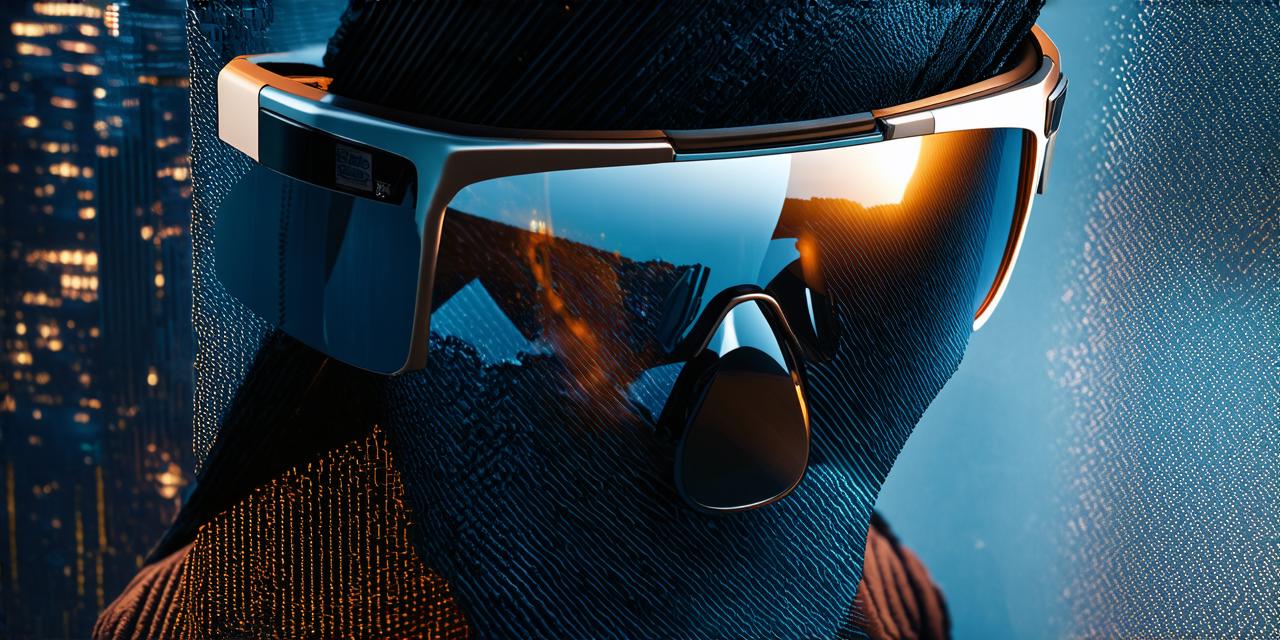Augmented reality (AR) is a technology that overlays digital information onto the real world. This allows users to interact with virtual objects in their physical surroundings, creating a more immersive and engaging experience.
History of Augmented Reality
AR has a long history dating back to the early days of computing. In 1968, Ivan Sutherland created “Skywriter,” an early form of AR that allowed users to draw on a virtual whiteboard using a light pen. In the 1990s, AR technology began to become more accessible and affordable, thanks to advances in computer hardware and software.
Key Concepts in Augmented Reality Development
There are several key concepts that developers need to understand in order to create effective AR experiences. These include:
- Tracking: This involves identifying the position of a device in the real world so that it can accurately overlay digital information onto the physical environment. Common tracking methods include camera-based tracking and inertial tracking.
- Plane detection: This is the process of detecting flat surfaces in the real world, such as floors and tables, which can be used to display virtual objects.
- Occlusion handling: This involves determining when virtual objects should be hidden or revealed based on their relationship to the physical environment.
Popular Tools and Frameworks for Augmented Reality Development
There are many tools and frameworks available for AR development, including:
- Unity: This is a popular game engine that can also be used for AR development. It supports both camera-based and inertial tracking and has a large community of developers.
- ARKit: This is Apple’s AR development platform, which is only available on iOS devices. It includes features such as plane detection and occlusion handling.
- Vuforia: This is an open-source AR development platform that supports both camera-based and inertial tracking. It also has a large community of developers and is used by many companies.
Challenges Faced by Augmented Reality Developers
AR development can be challenging due to the complex nature of the technology and the need to create experiences that are both immersive and intuitive. Some of the challenges faced by AR developers include:
- Device limitations: AR experiences require significant processing power, which can limit the capabilities of mobile devices.
- User interface design: Designing an effective user interface for AR experiences can be difficult, as users need to interact with virtual objects in a way that feels natural and intuitive.
- Performance optimization: AR experiences can be resource-intensive, so optimizing performance is crucial to ensure a smooth and seamless experience.
Conclusion
Augmented reality is an exciting technology with many potential applications. While there are challenges associated with AR development, the tools and frameworks available make it easier than ever to create effective AR experiences. With continued advances in computer hardware and software, we can expect to see even more innovative uses for AR in the future.
